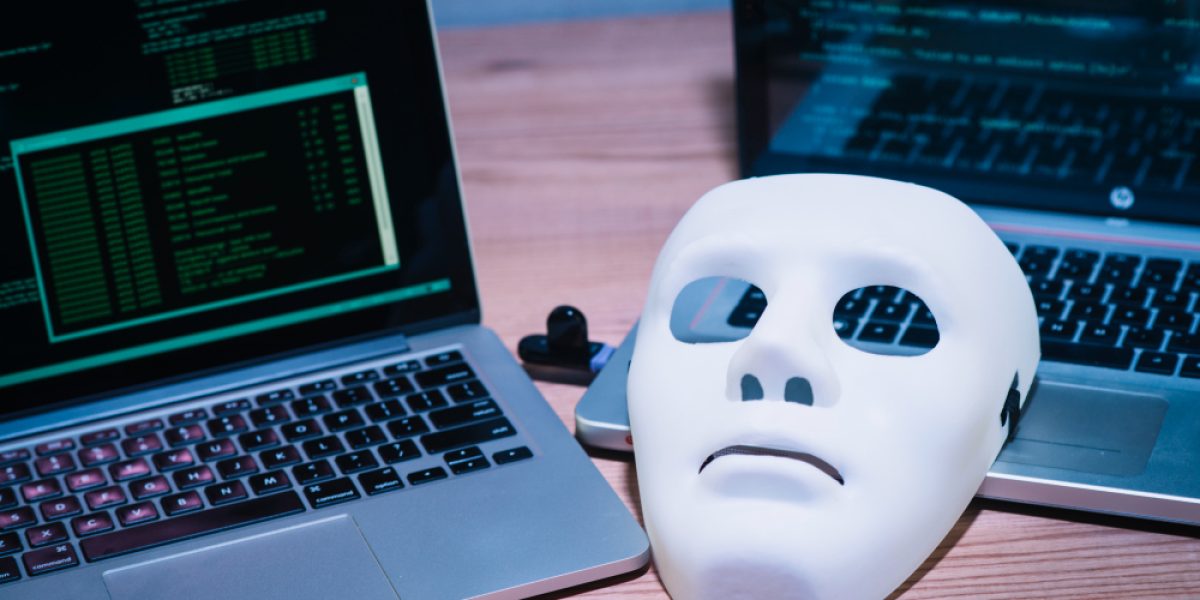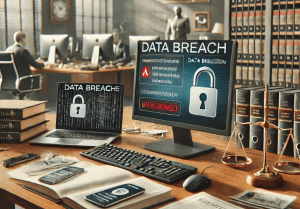We willen de ingewikkelde technische maatregels zo snel mogelijk invoeren om in lijn te zijn met basis cyberhygiene. De vraag is of de meest elementaire in uw bedrijf wel onder controle hebt.
Het Belang van het Patchen van Endpoints
1. Verbetering van de Beveiliging:
- Kwetsbaarheidsvermindering: Patches pakken bekende kwetsbaarheden in software en hardware aan. Regelmatige updates voorkomen dat cyberaanvallers deze zwakheden exploiteren.
- Naleving: Veel industrieën hebben regelgeving die vereist dat systemen up-to-date zijn om te voldoen aan beveiligingsnormen.
2. Stabiliteit en Prestaties:
- Bug Fixes: Patches bevatten vaak oplossingen voor bugs die systeemcrashes, gegevensbeschadiging of andere storingen kunnen veroorzaken.
- Verbeterde Prestaties: Updates kunnen de systeemprestaties optimaliseren, wat leidt tot snellere en betrouwbaardere operaties.
3. Functie-updates:
- Nieuwe Mogelijkheden: Patches kunnen nieuwe functies toevoegen of bestaande functionaliteiten verbeteren, waardoor de gebruikerservaring en productiviteit toenemen.
- Compatibiliteit: Zorgt voor compatibiliteit met nieuwe software en hardware, waardoor problemen bij de integratie van nieuwe technologieën worden voorkomen.
4. Kostenefficiëntie:
- Verminderde Uitvaltijd: Preventief onderhoud door patching vermindert de kans op systeemstoringen en uitvaltijd, wat kostbaar kan zijn.
- Lagere Ondersteuningskosten: Up-to-date systemen vereisen minder ondersteuning en probleemoplossing, waardoor middelen worden bespaard.
5. Vertrouwen en Reputatie:
- Vertrouwen van Gebruikers: Regelmatig bijgewerkte systemen wekken vertrouwen bij gebruikers dat hun gegevens veilig zijn en het systeem betrouwbaar is.
- Zakelijke Reputatie: Het handhaven van een veilige en functionele IT-omgeving helpt de reputatie en betrouwbaarheid van de organisatie te behouden.
Uitdagingen en Beste Praktijken:
Uitdagingen:
- Complexiteit: Het beheren van patches over verschillende systemen en omgevingen kan complex zijn.
- Risico op Uitvaltijd: Patching kan soms uitvaltijd of compatibiliteitsproblemen veroorzaken.
- Middelintensief: Vereist toegewijde middelen en tijd voor testen en implementatie.
Beste Praktijken:
- Geautomatiseerde Systemen: Maak gebruik van geautomatiseerde patchbeheerhulpmiddelen om het proces te stroomlijnen.
- Regelmatige Planning: Stel een regelmatig patchschema op om tijdige updates te garanderen.
- Testen: Test altijd patches in een gecontroleerde omgeving voordat ze volledig worden uitgerold om onverwachte problemen te voorkomen.
- Back-upsysteem: Zorg ervoor dat back-upsystemen aanwezig zijn voordat patches worden toegepast om eventuele negatieve effecten te beperken.
Dit artikel zal u zeker stimuleren:
Het patchen van endpoints is een fundamenteel aspect van IT-beheer, met directe impact op beveiliging, prestaties, naleving en algehele bedrijfscontinuïteit. Het implementeren van een robuuste patchbeheerstrategie is cruciaal voor het handhaven van een veilige en efficiënte IT-infrastructuur.
English text
Importance of Patching Endpoints
1. Security Enhancement:
- Vulnerability Mitigation: Patches address known vulnerabilities in software and hardware. Regular updates prevent exploits by cyber attackers who target these weaknesses.
- Compliance: Many industries have regulatory requirements mandating up-to-date systems to ensure security standards are met.
2. Stability and Performance:
- Bug Fixes: Patches often include fixes for bugs that could cause system crashes, data corruption, or other malfunctions.
- Improved Performance: Updates can optimize system performance, leading to faster and more reliable operations.
3. Feature Updates:
- New Capabilities: Patches can add new features or enhance existing functionalities, improving user experience and productivity.
- Compatibility: Ensures compatibility with new software and hardware, preventing issues when integrating new technologies.
4. Cost Efficiency:
- Reduced Downtime: Preventative maintenance through patching reduces the likelihood of system failures and downtime, which can be costly.
- Lower Support Costs: Up-to-date systems require less support and troubleshooting, saving resources.
5. Trust and Reputation:
- User Confidence: Regularly updated systems instill confidence in users that their data is secure and the system is reliable.
- Business Reputation: Maintaining a secure and functional IT environment helps preserve the organization’s reputation and trustworthiness.
Challenges and Best Practices:
Challenges:
- Complexity: Managing patches across diverse systems and environments can be complex.
- Downtime Risk: Patching can sometimes cause downtime or compatibility issues.
- Resource Intensive: Requires dedicated resources and time for testing and deployment.
Best Practices:
- Automated Systems: Utilize automated patch management tools to streamline the process.
- Regular Scheduling: Establish a regular patching schedule to ensure timely updates.
- Testing: Always test patches in a controlled environment before full deployment to avoid unexpected issues.
- Backup Systems: Ensure that backup systems are in place before applying patches to mitigate any potential adverse effects.
Patching endpoints is a fundamental aspect of IT management, directly impacting security, performance, compliance, and overall business continuity. Implementing a robust patch management strategy is crucial for maintaining a secure and efficient IT infrastructure.












